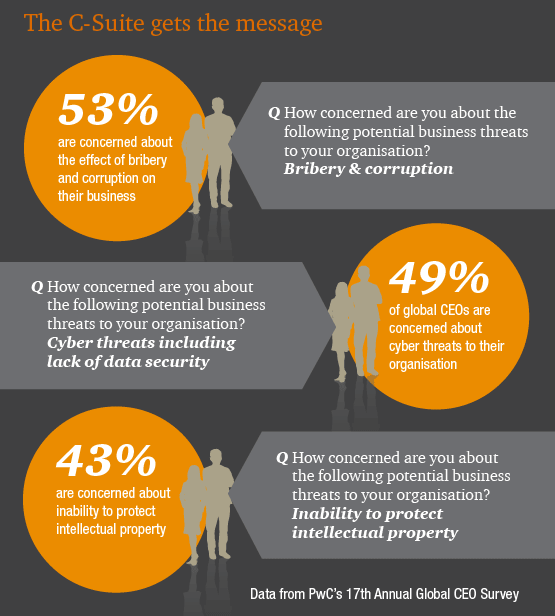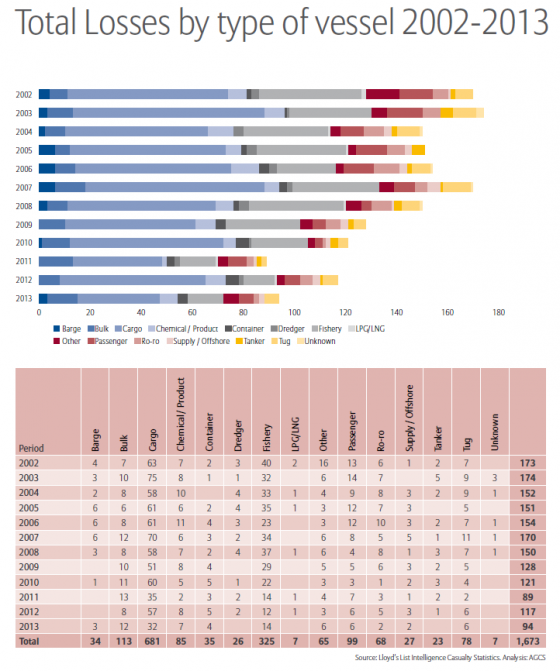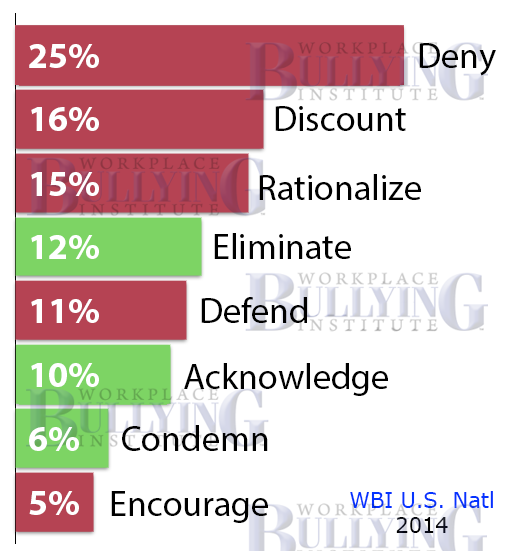On March 18, 2014 the U.S. Department of Justice (“DOJ”) announced that New York City agreed to pay $98 million to settle a workplace class action originally brought by the DOJ in 2007 alleging that certain civil service tests administered by the FDNY were discriminatory against African-American and Hispanic applicants. In addition to this large monetary sum, the settlement also provides for systemic relief meant to transform the way in which the FDNY recruits firefighters going forward.
The settlement is the largest employment discrimination class action settlement for 2014 thus far.
Background Of The Case
As we previously blogged here and here, the United States originally filed this lawsuit against the City in 2007, alleging that the City’s entry-level firefighter exams and applicant ranking had an unlawful disparate impact on African-American and Hispanic applicants. The Vulcan Society and several individuals intervened in the lawsuit alleging similar claims of disparate impact and also alleging disparate treatment on behalf of a putative class of African-American, entry firefighter candidates. The Court agreed with Plaintiffs, finding that the City’s procedures for screening and selecting entry-level firefighters violated Title VII, the Equal Protection Clause, and the Civil Rights Act of 1866, along with New York state and local law. Consequently, the Court issued an order requiring the City to develop a non-discriminatory test for entry-level firefighter applicants. In 2013 the Second Circuit vacated the grant of summary judgment for disparate treatment liability, but upheld the injunctive relief order.
Settlement Terms
As set forth in the DOJ press release, New York City will pay a total of approximately $98 million to resolve allegations that the FDNY engaged in a pattern or practice of employment discrimination against African-American and Hispanic applicants for the entry-level firefighter position by using two discriminatory written tests in 1999 and 2002. The parties have yet to agree on the method in which the settlement fund will be distributed among class members; however, according to the DOJ “the parties have committed to streamline the claims process and to expedite the distribution of monetary relief to eligible claimants.”
In addition to the money that the City has agreed to pay, the Court has already ordered several changes to remedy the city’s discriminatory hiring practices included among them the use of an entry-level firefighter exam jointly developed by the parties as well as the appointment of a court monitor to oversee the FDNY’s hiring reforms.
Implications For Employers
Although it appears that the approval of the consent decree (which is still subject to a fairness hearing) is a formality, anything is possible given the number of twists and turns this case has taken over the years. Either way, cases such as this serve as a reminder that multi-million dollar settlements in class action cases such as this are not unusual and that whether it is the Department of Justice or the EEOC, the government is focused on forcing employers to make systemic changes to the way in which they do business as well as seeking monetary relief for class members.
This blog was previously published by Seyfarth Shaw LLP.





